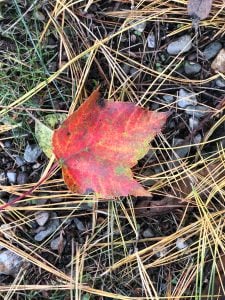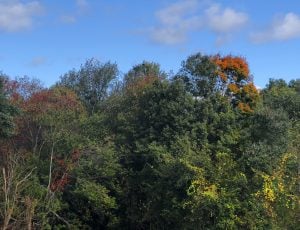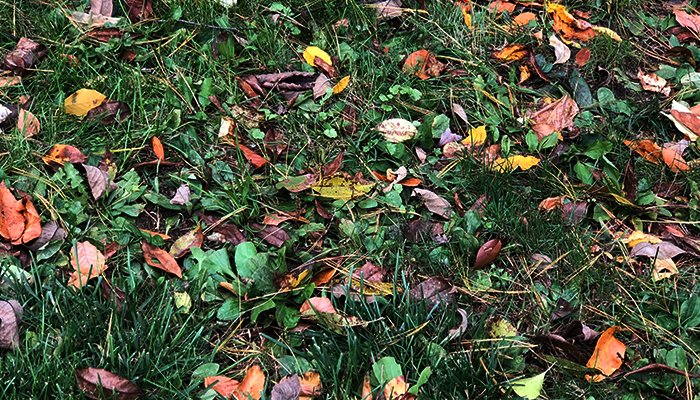For many, fall is a favorite season because of the beauty, bright colors, and comfortable weather it brings with it. We all love the bright colors tree leaves change to, in fact, tree change viewing spots have even become tourist attractions. Hudson Valley has several great spots for viewing fall colors! While we love and look forward to this change, do you actually know why tree leaves change colors?
During spring and summer, tree leaves work hard to manufacture most of the food necessary for the tree’s growth. This food-making process takes place within a number of cells within the leaves. These cells contain chlorophyll. Chlorophyll is what makes leaves green in color. Chlorophyll absorbs energy from the sun that is used to transform carbon dioxide and water to carbohydrates (sugar and starch).
 Along with these green pigmentations within tree leaves, there are also pigments of yellow and orange. However, these colors are masked most of the year by the huge amount of green pigmentation present within the tree leaves during the sunny months.
Along with these green pigmentations within tree leaves, there are also pigments of yellow and orange. However, these colors are masked most of the year by the huge amount of green pigmentation present within the tree leaves during the sunny months.
So, why do the yellow and orange pigments come through in the fall?
- Because of changes in day length, and thus the amount of sunlight, as well as cooler temperatures, the leaves halt their food-making process.
- When the food-making process is paused, the chlorophyll begins to break down.
- During this breakdown, the green pigments begin to disappear and the vibrant yellow, and orange shades start to shine through.
- During this change, other chemicals also form which allows for additional colors to develop (like red shades).
Temperature, light, and water supply will play a role in determining how significant the color change is, and just how long the change lasts before they fall.
That brings us to the part of fall that we may not all love as much – the shedding. While the shedding can be beautiful and really add to that fall look and feel, it also comes with a lot of raking and maintenance for homeowners.
So, why do leaves “fall” off trees?
- While many think that tree leaves are simply blown off by the wind, trees are actually more proactive than that. They essentially throw their leaves off.
- This chemical color change that happens (as addressed above) triggers a hormone within the trees that basically lets the tree know it’s time to go.
 When the hormone signal is received, small cells appear at the spot where the leaf stem meets the branch – called abscission cells.
When the hormone signal is received, small cells appear at the spot where the leaf stem meets the branch – called abscission cells.- Once these cells appear, within a few days or weeks every leaf on that tree will develop a line of cells (typically thin and bumpy) that work together to push the leaf, slowly, away from the stem.
- These scissor-like cells essentially push the tree leaves off slowly until they are “hanging by a thread”. At this point, the wind can finally blow them off.
- When the leaves have shed, a protective layer of cells grow over the exposed area.
- When the food-making process stops, there is essentially no use for the leaves anymore.
- Shedding also can help trees to pollinate come springtime and is a strategy for many trees to survive cold or dry weather.
- When warm weather comes around again, or we get a warm burst during the winter, photosynthesizing will begin, and leaves will start to grow again.
- If this photosynthesizing begins prematurely during winter, when the cold hits again, they will freeze (because of water in veins) and die.
Fall gets its name from this process by which leaves shed from trees. These trees that lose their leaves are known as deciduous trees and those that do not shed leaves in fall are called evergreens. Some common deciduous trees are, ash, aspen, beech, birch, cherry, elm, hickory, maple, oak, etc. Since deciduous trees have broad leaves that are susceptible to being damaged during cold and dry weather, shedding provides safety during these months. By shedding their leaves, they can conserve water and energy.
You may think that fall is not a great time for planting new trees, but it actually is! Find out why HERE and give Red Cedar a call today for your free consultation!


